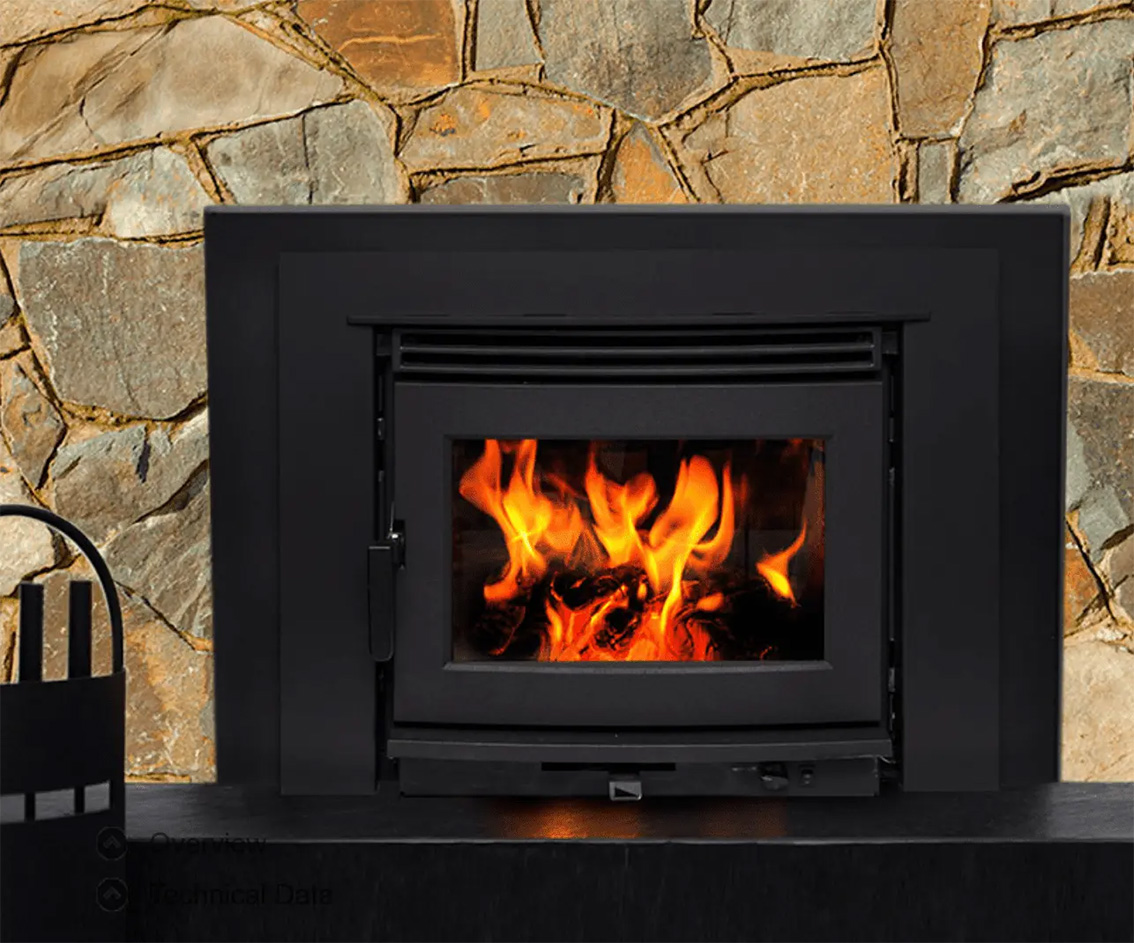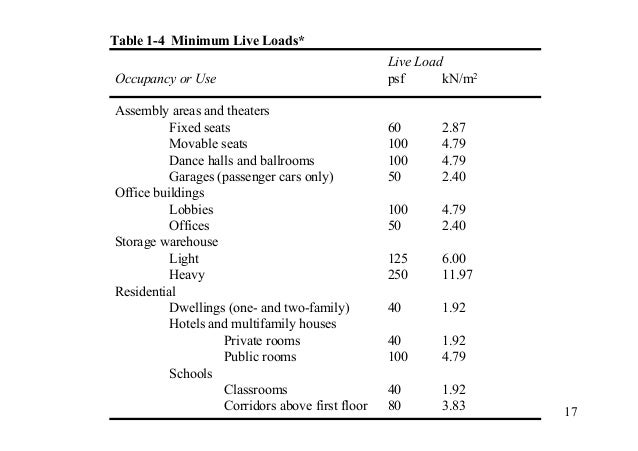
Volume = Width X Length X Height (cubic feet) Step 2Įstimate the number of people (N) that will usually occupy this room. This is done by measuring the length, width and height of the room in feet and multiply all the three dimensions together. Use this result to compare with the calculation done by the air conditioning contractors for your own checking purposes.įind the volume of your room in cubic feet. However, there is a simple rule of thumb that you can use to estimate the required cooling capacity for your room. The higher the listed BTU/hr, the greater the cooling capacity.Īir Conditioning Calculations - Rule Of ThumbĬalculating the cooling capacity needed for your room is a complicated process as there are many factors to consider. With better technology, some machines are able to remove 10,000 BTU/hr of heat with the same capacity. When choosing an air conditioner, usually a 1 HP (horse power) equipment is able to remove 9,000 BTU/hr of heat. 1 BTU/hr is the heat energy needed to increase 1 pound of water by 1☏. The unit used to measure heat load is BTU/hr. Study shows that this combination of temperature and RH is the most conducive for the human body. The typical design is set to 24☌ temperature and 55% Relative Humidity. The cycling on and off of the compressor will lead to shorter life span of the compressor besides having to spend more on the unit price and installation cost.Īn undersized unit will not be able to cool the room properly and more so if the weather is hot.Ĭooling capacity for a room is defined as the heat load in a room that have to be removed in order to achieve a certain room temperature and humidity. On top of that, the electricity bill will be high as the compressor turns on and off too often.Įvery time the on/off type of compressor starts to run, its power consumption is 6 times higher than when it is running steadily. Survival Time in Cold Water - Time to exhaustion and death for humans in cold water.It will also cause discomfort to the occupants as the dehumidfication of the room is not properly done.Room Sensible Heat Factor - RSHF - Room Sensible Heat Factor - RSHF - is defined as the sensible heat load divided by the total heat load in a room.Required Space per Person - Room area per person - may be used to calculate typical indoor climate loads.




Heat Discomfort Zones - Maximum work load vs.Electrical Equipment typical Power Consumption - Typical power consumption and running time for common electrical equipment.Cooling Load - Latent and Sensible Heat - Latent and sensible cooling loads to consider when designing HVAC systems.Body Height - Typical ideal body weight versus height. Age and Physical Growth - Weight and Height - Age and typical physical growth of boys and girls - age 2 to 18 years.Air Psychrometrics - Moist and humid air - psychrometric charts, Mollier diagrams, air-condition temperatures and absolute and relative humidity and moisture content.Air Conditioning - Air Conditioning systems - heating, cooling and dehumidification of indoor air for thermal comfort.Physiology - Human physiology, air quality and comfort temperatures, activity and metabolic rates, health effects of carbon monoxide and more.


 0 kommentar(er)
0 kommentar(er)
